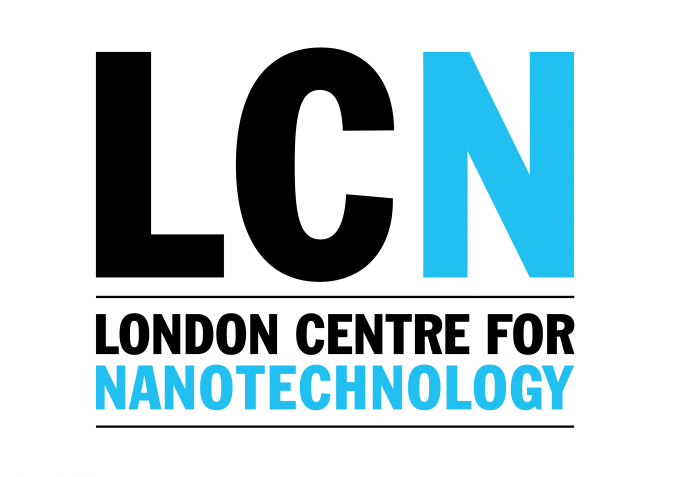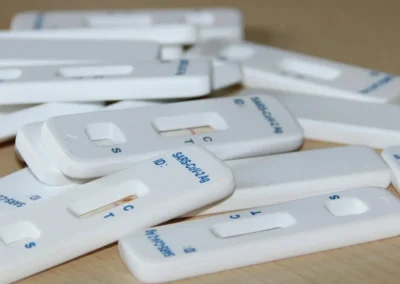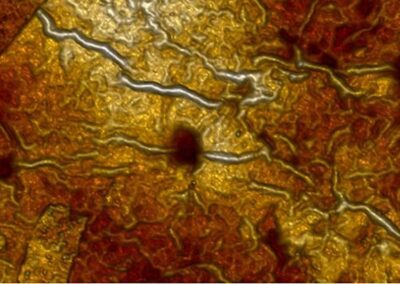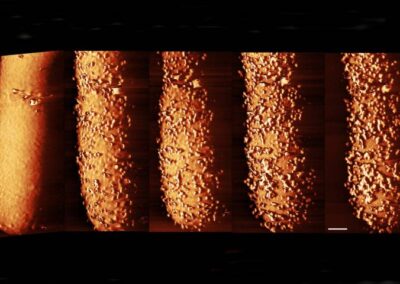Study on new pre-clinical therapeutic paradigm for tackling antimicrobial resistance wins the Rayleigh Award for most outstanding published paper.
Professor Chris Lorenz and Professor Bart Hoogenboom are part of a team who won the annual Rayleigh Award for their paper Engineering chirally blind protein pseudocapsids into antibacterial persisters published in ACS Nano.
The paper contains promising evidence for developing a synthetic antibiotic, specifically designed to fight resistant bacterial infections, and was the result of collaboration between King’s, the National Physical Laboratory, the University of Cambridge, University of Exeter and UCL.
This interdisciplinary work introduces a novel pre-clinical therapeutic paradigm for tackling antimicrobial resistance (AMR) by applying geometric principles to the design of artificial capsids or virus-like particles with specific biological functions. The experimental design is supported by state-of-the-art molecular dynamics to extract new design principles for antimicrobial agents with predictable properties.
The King’s team carried out simulations of the nanoparticles of antimicrobial peptides, which provided: (a) a detailed description of the molecular scale interactions which are key to the formation and stabilisation of the antimicrobial peptide nanoparticles, (b) an understanding of the general structure of the peptides within the nanoparticles and (c) a detailed description of the mechanism of action of the resulting nanoparticles when interacting with model bacterial membranes – all of which provide a perfect complement to the experimental work done in the groups at NPL, University of Cambridge, University of Exeter and UCL.
I am very happy that this paper has been recognised by NPL as I think that it is a nice demonstration of the level of understanding that can be gained from an interdisciplinary study that provides insight from across various scales (in this case from molecular to cellular). The computational modelling performed at King’s for this study is a perfect example of how these tools can be used to assist in the design and to provide the molecular-scale understanding of the structure and function of therapeutic nanoparticles which is currently unobtainable from experiment.”– Professor Chris Lorenz
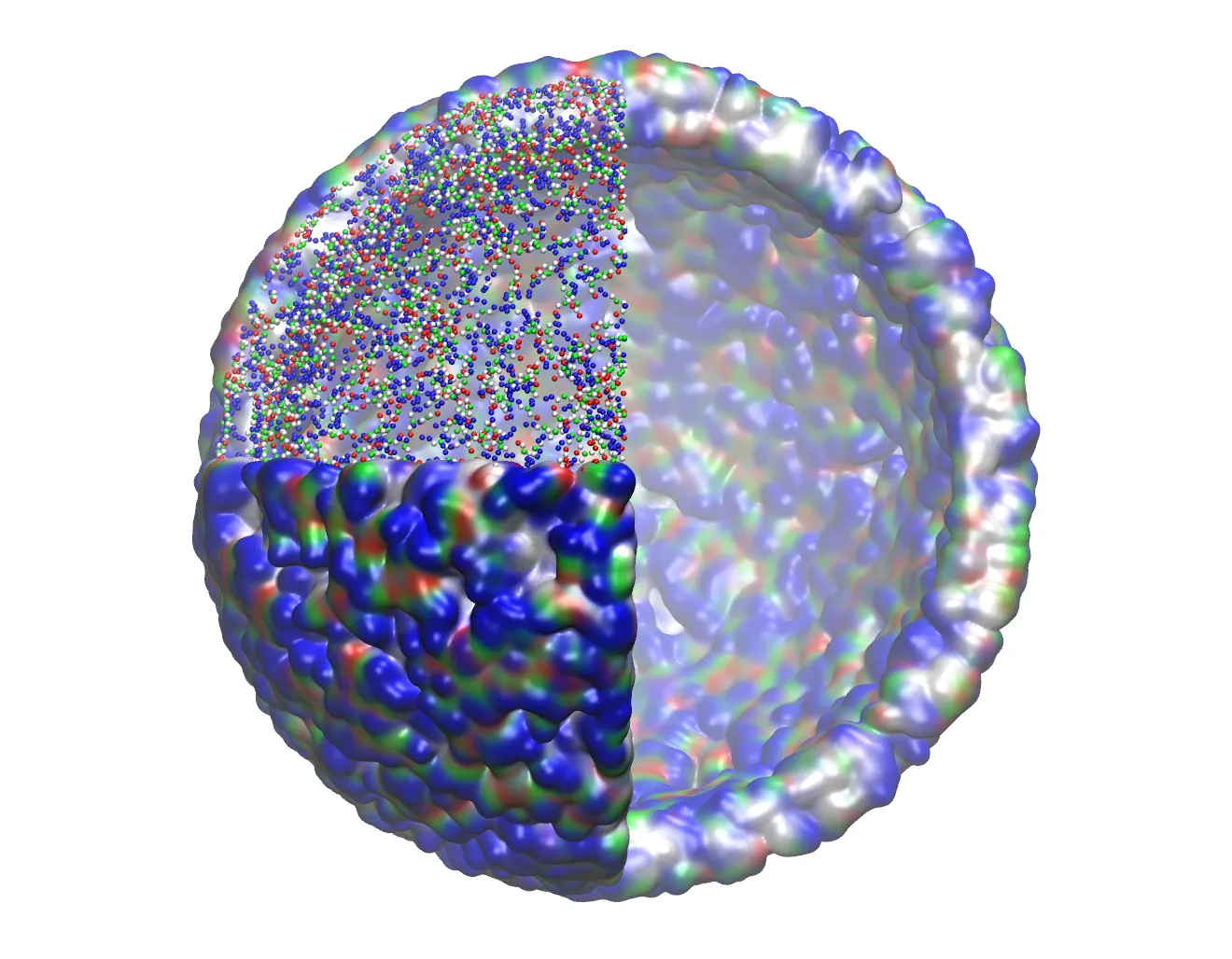
Structure of the peptide nanoparticles – this figure demonstrates the distribution of peptides within the shell of the nanoparticle and the empty core of the nanoparticle in which further therapeutics could be encapsulated.
The Rayleigh Award is highly competitive and papers are judged on their creativity and novelty, the extent and quality of the scientific investigation, potential impact, and clarity and accessibility.
